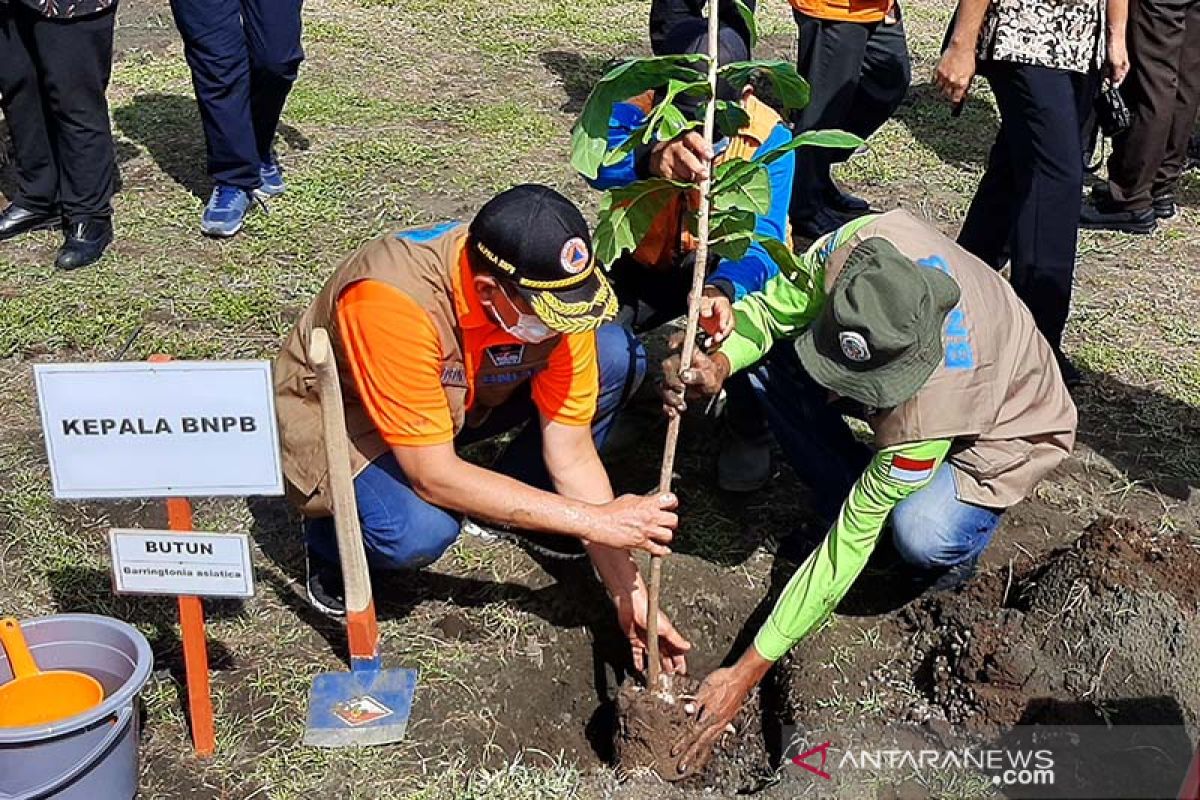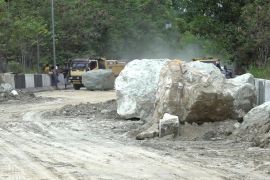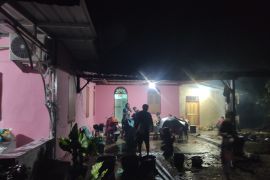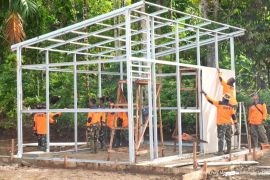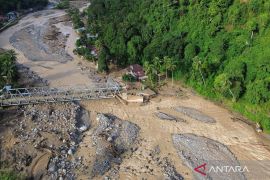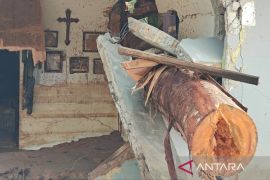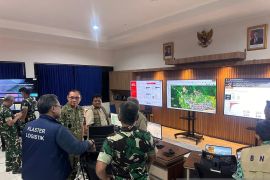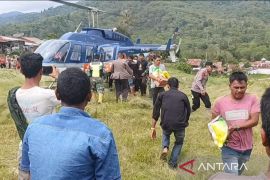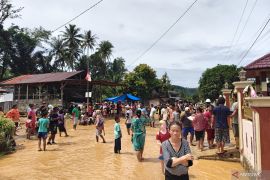"Today, 3,313 tree seedlings have been planted, and this figure is certainly not sufficient because we still need millions of trees to be planted throughout our coastal areas," Monardo remarked here on Wednesday.
Monardo made this statement to reporters after planting pule, palaka and butun tree seedlings in the context of the Disaster Participatory Vegetation Mitigation Movement-Vegetation Planting of Cemara Sewu Beach in Bunton Village, Adipala Sub-District of Cilacap.
The BNPB head explained that Bunton was selected as the location for planting tree seedlings since the village was hit by an earthquake and tsunami in 2006 originating from the south of Pangandaran in West Java.
Monardo noted that several villages along the Cilacap coast were also affected by the tsunami in 2006, in which 165 people had lost their lives.
"It turns out that in 1921, an earthquake and tsunami had also hit the Cilacap area. What does it mean? It means that the earthquake and tsunami are recurring events. In a period of tens and perhaps hundreds of years to come, these events are likely to happen again," he cautioned.
Hence, vegetation-based mitigation is one of BNPB's efforts to reduce the disaster risk.
Such decision, in accordance with President Joko Widodo's orders, was taken to prevent people from becoming victims when a disaster struck. Hence, early preparation was deemed crucial.
"We all have an obligation to protect our coastal areas, both from abrasion and the threat of a tsunami, especially beaches that are at risk of earthquakes and tsunamis, especially on the western coast along the island of Sumatra and the southern part of Java Island, as well as several other areas in Sulawesi and Maluku, North Maluku, and northern Papua," the agency’s head emphasized.
Related news: Government sets aside Rp1.9 trillion for national reforestation
For mitigation efforts, Monardo noted that the types of vegetation suitable for coastal areas are cypress, sea ketapang, pule, palaka, and waru as well as several other types of plants that can survive for prolonged periods of time or for hundreds of years.
The BNPB head recalled having seen the largest pule tree ever at the Ambon Navy Main Base (Lantamal) IX. The tree measured over 30 meters in height and over three meters in diameter.
"It means the tree is probably more than 400 years old. I spotted another palaka tree in Ambon City too that was the same as the one I had nurtured on Seram Island," he recollected.
The palaka tree has a width, reaching that of 30 adults holding hands. It means the palaka tree species has a long lifespan. The tree is believed to last for hundreds of years and has strong roots.
"Hence, if we grow and manage vegetation along the coast, it means we can provide protection for the future generations," Monardo remarked.
Hence, the agency head concluded that millions more trees were still required to be planted in Indonesia along the coast, especially to tackle abrasion and as precautionary measure against a likely tsunami in future.
"Another point of concern is that the Laban tree was cut down in several areas. The tree was earlier able to protect coastal areas from abrasion," the agency head noted. Related news: One ton calliandra seeds dispersed over Mt. Kelud for reforestation
Translator: Sumarwoto, Katriana
Editor: Rahmad Nasution
Copyright © ANTARA 2021
